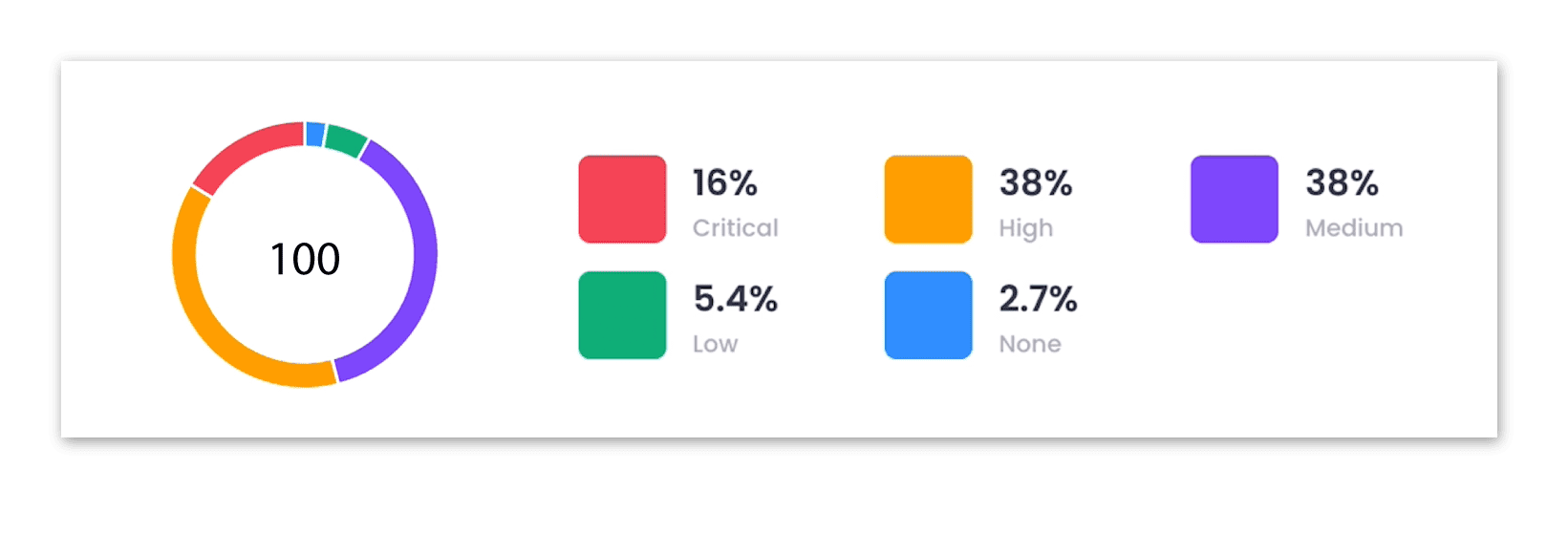If you’re using multiple automated security tools such as SAST, DAST, and SCA, and not correlating the results, then you could be missing some critical vulnerabilities that put your business at risk.
The Eureka DevSecOps Platform enables you to aggregate issues from automated and manual processes into a single view, normalize the results, and correlate them.
By correlating similar findings, you can better identify actual issues and reduce risk.

When running multiple scanners independently, these scanners aren’t talking to each other, so a low severity found by one scanner, combined with an issue found by another scanner may actually be a pathway to a much more serious threat. So, by correlating issues together, Eureka looks for these patterns and identifies threats that may otherwise go unnoticed.
Cutting down on the number of issues will save your team a lot of time, avoid false-positive fatigue, and reduce errors. It also allows you to have better prioritization and focus your limited development resources.
If you want to try the Eureka DevSecOps Platform, check it out on the Microsoft Azure Marketplace.
How Mature is Your DevSecOps?
Our comprehensive DevSecOps Maturity Assessment covers 8 key phases of DevSecOps practices, 29 questions in total.
By evaluating your team on each capability, you can determine if your DevSecOps maturity level is early, intermediate, or advanced. Your assessment includes a custom report that provides your overall maturity as well as detailed recommendations you can take to enhance your security posture.


